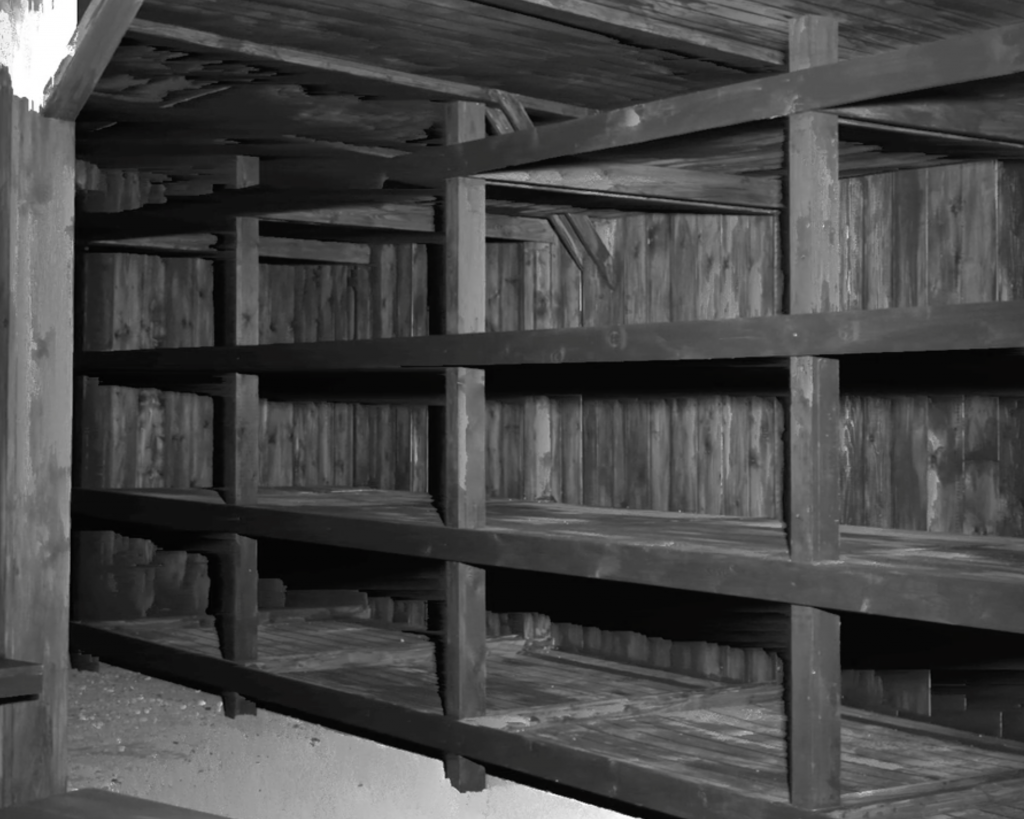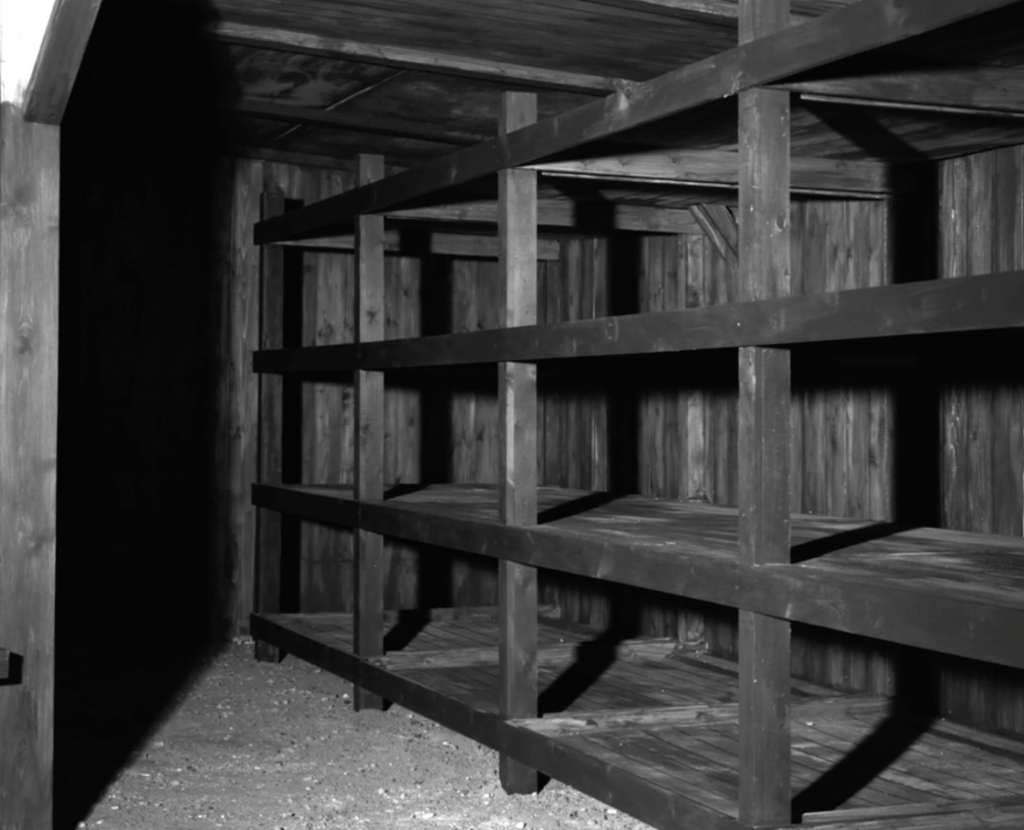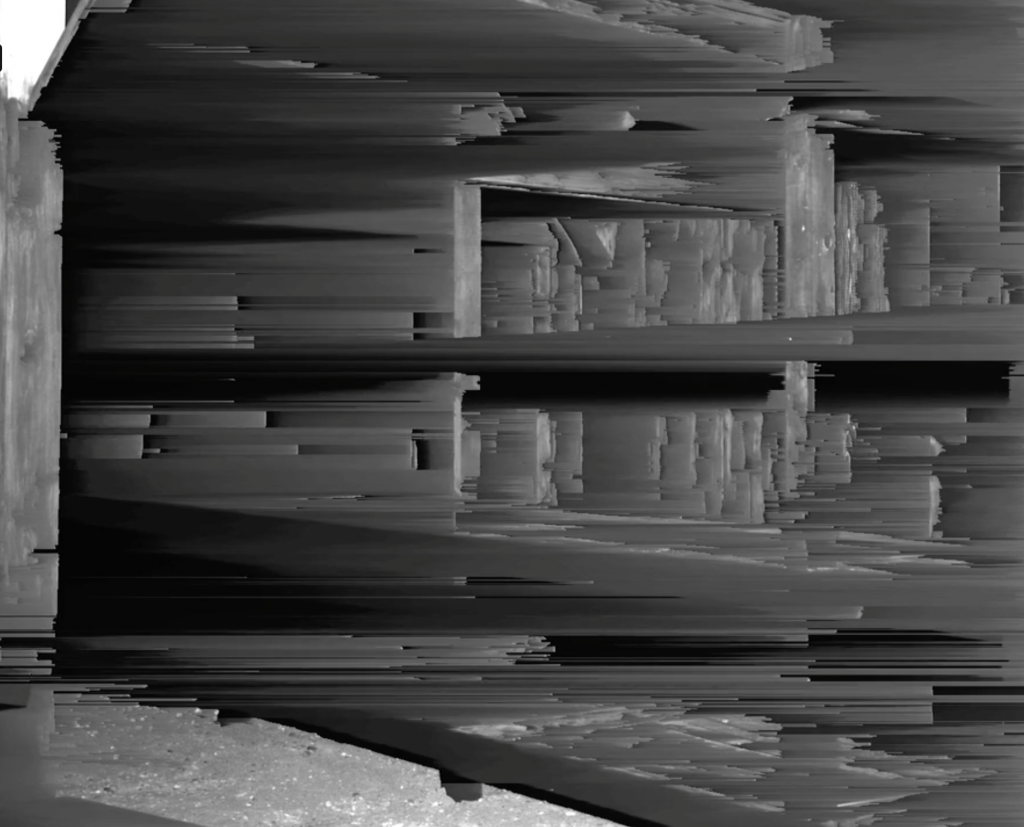Beun - Moving Image
The writer Robert Shore in his book Post-Photography: The Artist with a Camera states “that the real world is full of cameras and the virtual world full of images”. One of the most significant tropes in recent photography has been the turning of the documentary photograph into an image made after something has happened. Whatever its indexical primacy, photography is now a secondary medium of evidence. Today evidence of disputes and classified information comes in the wake of the Internet, social media and the television.
Beun is an immersive single-screen video positioned in what Robert Shore describes as the second digital evolution. Klenz’ piece engages with society's increasing desire to capture and disseminate images of conflict nowadays a common phenomenon due to 24-hour repetitive news broadcasts, social media and Instagram.
Beun begins with an Associated Press Photograph of a concentration camp in Germany. Klenz translated this image into a life-size set in the studio, following the same spatial arrangements, dimensions and lighting conditions of the archive image. The set was placed on a180degree revolving stage platform, which involved a rotation around the spaces own axis, allowing the viewer to look into the space.
Klenz used digital techniques of data-bending and algorithms, altering the visual codes of the video file. By digitally corrupting the video file, the video becomes profoundly damaged and transformed into a kind of crashed object. Beun suggests that the directness of traditional reportage is replaced by images that themselves can be described as wrecked or bruised.


